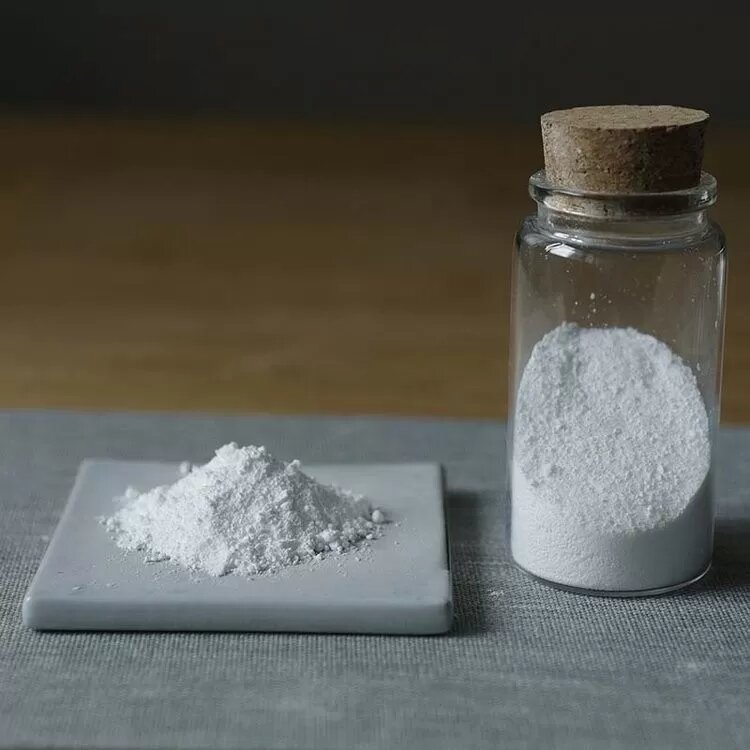Thermoplastic polyurethane (TPU) leather is a type of synthetic leather that is made from thermoplastic polyurethane, a polymer material that is commonly used in a variety of applications, such as coatings, adhesives, and films. TPU is a durable, flexible, and versatile material that is known for its ability to retain its shape and properties over a wide range of temperatures.
To make TPU leather, the process begins by mixing TPU with other materials, such as pigments, resins, and fillers, to form a liquid or paste-like mixture. This mixture is then poured or spread onto a surface, such as a sheet of plastic or metal, and allowed to cure or harden. The resulting material is a flexible, durable, and waterproof sheet that resembles natural leather in appearance and texture.
TPU leather is a popular and versatile material that is used in a wide range of applications, including clothing, footwear, and accessories. It is also commonly used in the production of furniture, automotive parts, and medical equipment. Some of the advantages of TPU leather include its durability, flexibility, and resistance to water and stains. However, it is not as breathable or environmentally friendly as natural leather, and does not have the same natural texture or appearance.
As with any material or product, there are both advantages and disadvantages to using TPU leather. Some of the pros of TPU leather include:
- It is durable and long-lasting. TPU leather is resistant to water, stains, and wear and tear, which makes it a good choice for applications that require a material that can withstand a lot of use or abuse. It is also easy to clean and maintain, which can extend its lifespan and reduce the need for replacements or repairs.
- It is flexible and adaptable. TPU leather is a flexible and malleable material that can be easily cut, sewn, or molded into a variety of shapes and sizes. This makes it a good choice for applications that require a material that can be easily customized or adapted to different purposes, such as in the production of clothing or furniture.
- It is resistant to temperature changes. TPU leather is able to retain its shape and properties over a wide range of temperatures, from -40°C to 80°C. This makes it a good choice for applications that require a material that can withstand extreme temperatures, such as outdoor gear or automotive parts.
Some of the cons of TPU leather include:
- It is not as breathable as natural leather. TPU leather does not allow air or moisture to pass through it, which can make it uncomfortable to wear or use in hot or humid conditions. This can be a problem in applications where the material needs to be worn or used for long periods of time, such as clothing or shoes.
- It is not as environmentally friendly as natural leather. The production of TPU leather involves the use of chemicals and energy, which can generate waste and pollution. Natural leather, on the other hand, is a renewable and biodegradable material that is made from animal hides, which are a byproduct of the meat industry.
- It does not have the same natural appearance and texture as natural leather. TPU leather does not have the same natural grain, color, or texture as
- TPU leather is not as breathable as natural leather or other synthetic materials, such as PVC or PU leather. This can make it uncomfortable to wear or use in hot or humid conditions.
- TPU leather is not as environmentally friendly as natural leather or other synthetic materials, such as recycled polyester or eco-friendly PU leather. The production of TPU leather involves the use of chemicals and energy, which can generate waste and pollution.
- TPU leather does not have the same natural appearance and texture as natural leather or other synthetic materials, such as microfiber or bi-cast leather. TPU leather does not have the same natural grain, color, or texture as natural leather, which can make it less attractive or desirable to some consumers.
Overall, the cons of TPU leather are similar to those of other artificial leathers, such as a lack of breathability and environmental friendliness, and a lack of natural texture and appearance. However, TPU leather does have some unique advantages, such as its resistance to temperature changes and its durability and flexibility, which may make it a good choice for certain applications. As with any material, it is important to carefully consider the pros and cons of TPU leather before using it in a specific application.



Leave a Reply